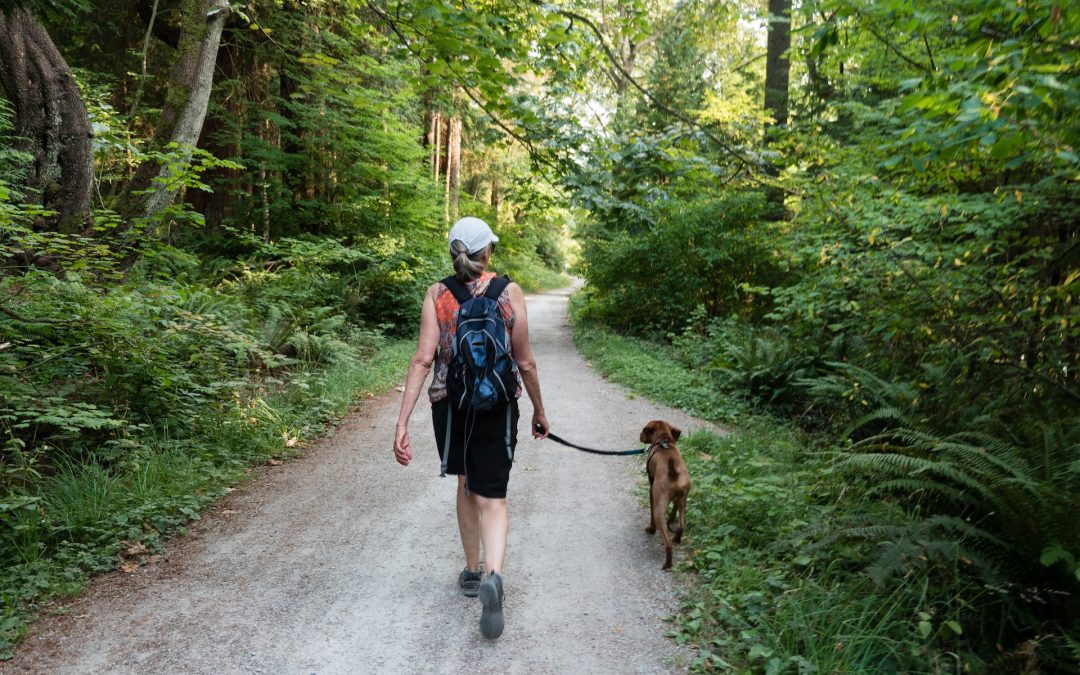Dog walking is not only a great way to give your furry friend some exercise and fresh air, but it’s also an opportunity to strengthen the bond between you and your pet. However, it’s important to remember that there are certain best practices that should be followed to ensure the safety and well-being of both you and your dog.
Here are some tips for the best dog-walking practices:
Plan your route beforehand: Before heading out for a walk with your dog, it’s important to plan your route in advance. This will help you to avoid busy roads, areas with high pedestrian traffic, and other potential hazards. Look for quiet streets or parks that are pet-friendly and have plenty of space for your dog to run around.
Keep your dog on a leash: While it may be tempting to let your dog off the leash, it’s important to keep your dog on a leash for safety reasons. This will help you to keep your dog under control and prevent them from running off or getting into trouble. A leash also helps to ensure that your dog doesn’t disturb other people or dogs in the area.
Use a comfortable and secure leash and collar: When choosing a leash and collar for your dog, it’s important to select one that is comfortable and secure. A well-fitting collar will prevent your dog from slipping out of it, while a comfortable leash will be easier to hold and control.
Bring water and treats: Just like humans, dogs need to stay hydrated during walks. Make sure to bring water and a bowl for your dog to drink from, especially on hot days. You can also bring some treats to reward your dog for good behavior.
Follow the rules: If you’re walking in a park or public area, make sure to follow any rules or regulations regarding dogs. This may include keeping your dog on a leash, cleaning up after your dog, and staying in designated areas.
Stay aware of your surroundings: While you’re walking your dog, it’s important to stay aware of your surroundings. Keep an eye out for potential hazards such as broken glass, sharp objects, or other dangers. Stay alert to other people and dogs in the area, and be prepared to give your dog space if necessary.
Use positive reinforcement: Positive reinforcement is a powerful tool for dog training. When your dog behaves well on a walk, make sure to reward them with treats, praise, or a quick game of fetch. This will encourage your dog to continue behaving well in the future.
Be prepared for emergencies: It’s always a good idea to be prepared for emergencies when walking your dog. Make sure to bring a first-aid kit with you, along with your vet’s phone number and other emergency contact information. This will help you to quickly and effectively respond to any accidents or injuries that may occur.
Watch for signs of fatigue or distress: Dogs can get tired or overheated during walks, especially on hot days. Keep an eye out for signs of fatigue or distress, such as excessive panting, drooling, or slowing down. If your dog seems to be struggling, take a break in a shaded area and offer water.
Have fun: Finally, remember that dog walking is meant to be fun! Enjoy spending time with your furry friend, exploring new areas, and strengthening your bond. Dogs are great companions, and walking is a great way to connect with them and improve their health and well-being.
Walking your dog is an important part of pet ownership. By following these best practices, you can ensure that your dog stays safe, healthy, and happy during walks. Plan your route, use a leash and collar, bring water and treats, follow the rules, stay aware of your surroundings, use positive reinforcement, and be prepared for emergencies
